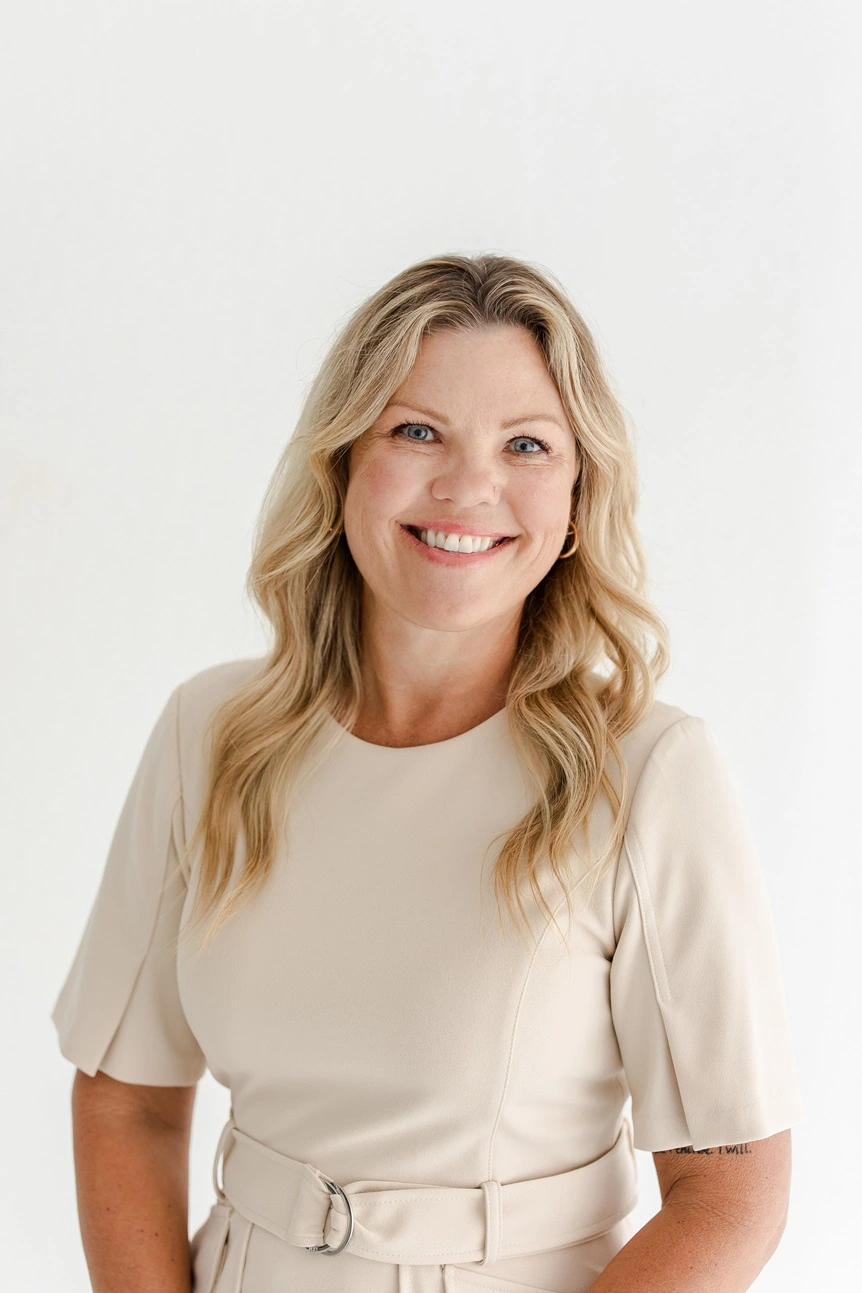Individual Counseling; Learning How To Set Healthy Boundaries

Individual counseling and learning how to set healthy boundaries first starts with knowing what boundaries are. Boundaries are the limits you set for yourself within relationships. They tell you when to say “no” and when it is safe to be vulnerable. Boundaries are often formed by the relationships you have with your caregivers in early childhood, and there are many types of boundaries.
Individual Counseling
Three Types of Boundaries
-
1. Rigid Boundaries
Rigid Boundaries are defined by avoidance of relationships and intimacy. Think of a rigid wall, where you are unable to get through it. This type of personal boundary is firm and often used to avoid being hurt or to keep people at a distance. Limitations on time, availability, or emotional investment in others is clearly is usually clearly felt and defined.
-
2. Porous Boundaries
Porous Boundaries are defined by oversharing personal details, complying with others’ requests to gain approval, and difficulty with saying “no.” Porous means that you can pass through, so you may picture a sponge that soaks up any liquid that surrounds it. People who exercise porous boundaries often get taken advantage of, feel used, or find themselves emotionally exhausted catering to the needs of others.
• Rigid and porous boundaries are opposite from each other, but both aim to avoid rejection. This is accomplished by either by steering clear of close relationships altogether (rigid) or by seeking close relationships even when inappropriate (porous).
-
3. Healthy Boundaries
Healthy Boundaries are expressed when you value your own opinions and know how to communicate your needs in a way that is both respectful of yourself and others. Someone with healthy boundaries sticks to their values and can accept a “no” from others. They have the ability to avoid taking on other people's problems and helping others, rather than enabling them. This helps them to protect their own mental and physical health while maintaining healthy relationships with others.
Individual Counseling
Healthy vs Unhealthy Boundaries
People tend to have some of each boundary type in them depending on the situation. For example, you may have rigid boundaries with your family, porous boundaries at work, and healthy boundaries with your friends. It is likely that you will still tend to be more on the rigid, porous, or healthy side. It can be extremely helpful to explore your own personal boundaries through individual counseling to get clear on what you want to improve.
How to Cultivate Healthy Boundaries
It is important to understand what is acceptable and unacceptable to you, as well as how to express that to others. For example, you may not feel comfortable receiving hugs. This is something that would be important to communicate clearly if someone tried to hug you. It is equally important to know what you value most (family, a specific hobby, learning, etc.,) so that you can make it more of a priority in your life.
-
Consider the bigger picture when looking at give-and-take in your relationships.
Sometimes it will be appropriate to take more than you give or give more than you take. You should always try to consider the long-term. Try to create an equality of give-and-take in your relationships over time. For example, a friend may ask you to drive them constantly despite having the ability to drive. After some time, this can get unbalanced, where you are giving much more than they are. In this situation, you may set a boundary by asking that friend to give you a ride next time (or another favor.) This will help balance the long-term give-and-take in your relationship and prevent resentment or anger.
How to Set a Boundary
When it comes time to set a boundary, despite feeling uncomfortable, decide to be assertive (not aggressive and not passive.) You can say “no” firmly while maintaining your respect for self and others.
-
Consider Self-Esteem
A long-term goal that will ensure healthy boundaries is to develop self-esteem, or confidence in your worth as a person. When you feel confident in yourself, it will be easier to set limits, seek healthy relationships, and experience positive feelings. You can work on self-esteem in so many ways. One of those ways is by seeking help from a therapist through individual counseling. This will help you explore your negative thoughts and focus on your strengths.
Get Support
Setting healthy boundaries can be difficult at first because of that fear of rejection, but it gets easier with practice, self-awareness, and self-esteem. If you find yourself struggling within your relationships or feeling your boundaries are no being respected, reach out for advice. At Orlando Thrive Therapy, a professional counselor can set up an individual counseling session for you to discuss how to set healthy boundaries in your personal, professional, or romantic relationships. Call or email today to get started.
